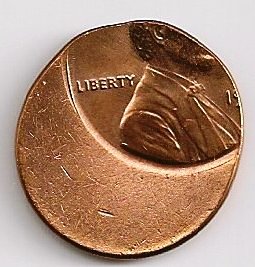A General Question
Collapse
X
-
Yes. I would say any anomaly that happens to a coin "during the minting process" that was "not intended" to happen is a mint error.
What's the true definition of a mint error?........I don't know either. I think I'll go look it up. LoL!!
EDIT: I just looked at Glossary of Error-Variety Terms
Unless I'm missing it, I didn't see a specific definition for mint error.Last edited by HeartWith02; 10-13-2021, 11:27 AM.
-
-
That works for me.Originally posted by mustbebob View Post
Comment
-
-
Heartwith02, Here's the coin I'm inquiring about. I didn't catch this until I got it back from the graders. The pics were taken with the top edge of the case against the wall and the camera fixed in place.You do not have permission to view this gallery.
This gallery has 2 photos.
Comment
-
-
Yes, I see what you mean. So, you didn't realize it was a rotated die until you got it back from ANACS?
TPG'ers will not attribute an error coin unless you designate it on the submission sheet.
A rotated die to this degree is not rare, significant or sought after...........in my opinion. But it's still a nice coin.
Comment
-
-
Heartwith02, Thanks. I wish I caught it before I sent it for grading. Would have been nice to have it as an attribute on the slab just for a conversation detail. As it is, it's not worth resubmitting. Regardless, I still have the satisfaction of knowing it's rotated and I own a beautiful coin.

Comment
-
-
In reality, all U.S. coins are struck with what should be a 0 degree rotation...whether they are business strikes or proof coins. We must remember that we are dealing with machines here and as such, parts can loosen up with continued striking. When the rotation is this small, it is not noticeable to the folks who spot check them.Bob Piazza
Lincoln Cent Attributer
Comment
-
-
My source (Pete Apple, per the US Mint) says 3 degrees for numismatic denominations, so it's definitely lower than circulating.Originally posted by Coindog View PostShane Daniel, So if 6 percent is a business strike tolerance, you would think that proofs would have to be held to approximately a zero percent tolerance by default because it's a proof. Just a thought.Error Ref editor
Comment
-


Comment